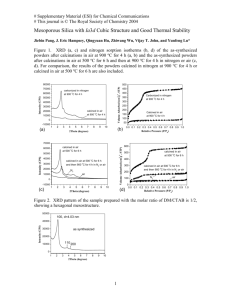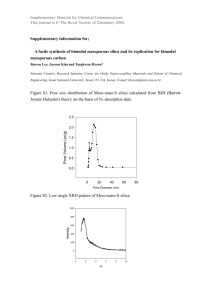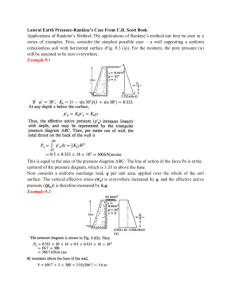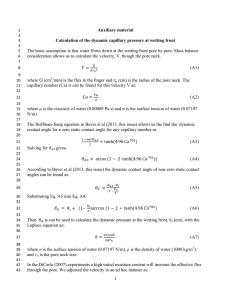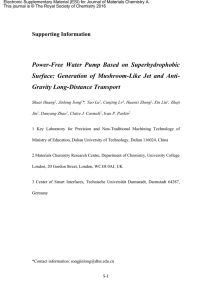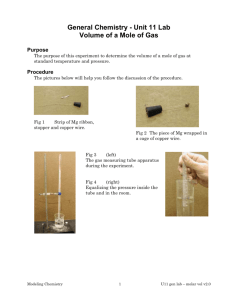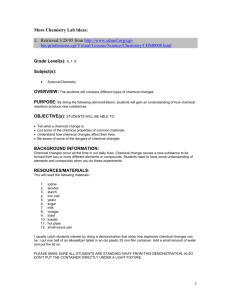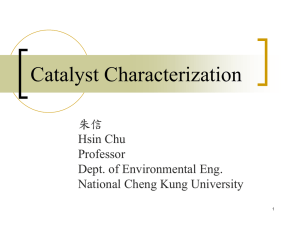Biomimetic synthesis of hybrid silica microspheres
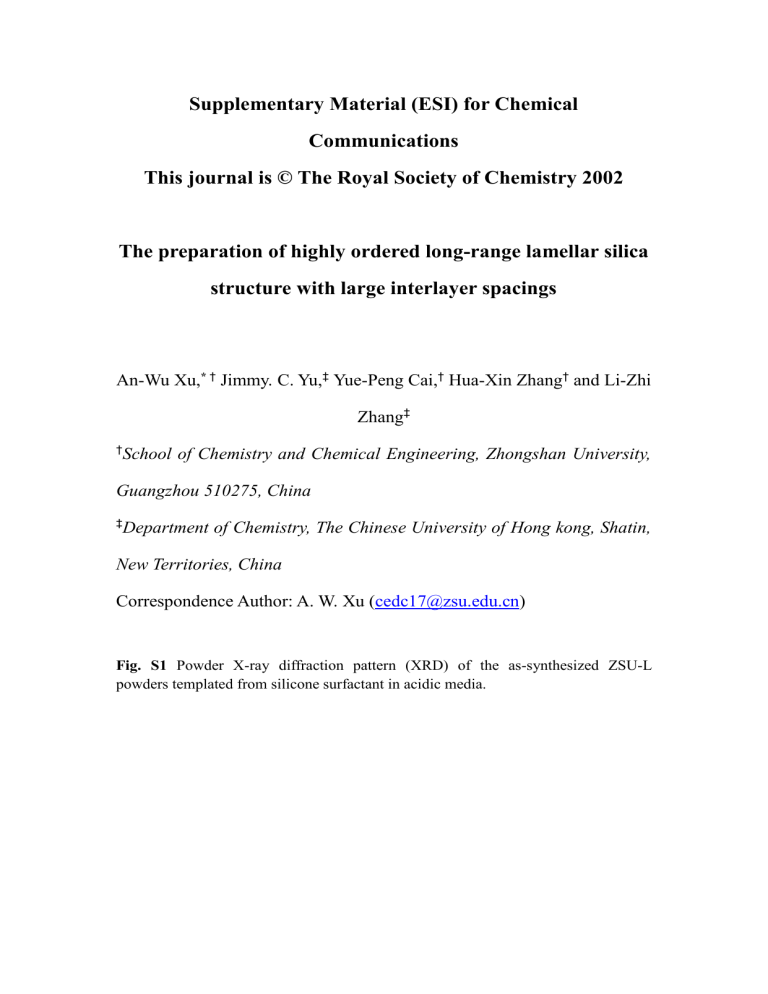
Supplementary Material (ESI) for Chemical
Communications
This journal is © The Royal Society of Chemistry 2002
The preparation of highly ordered long-range lamellar silica structure with large interlayer spacings
An-Wu Xu, *
†
Jimmy. C. Yu,
‡
Yue-Peng Cai,
†
Hua-Xin Zhang
†
and Li-Zhi
Zhang
‡
†
School of Chemistry and Chemical Engineering, Zhongshan University,
Guangzhou 510275, China
‡
Department of Chemistry, The Chinese University of Hong kong, Shatin,
New Territories, China
Correspondence Author: A. W. Xu ( cedc17@zsu.edu.cn
)
Fig. S1 Powder X-ray diffraction pattern (XRD) of the as-synthesized ZSU-L powders templated from silicone surfactant in acidic media.
0 1 2 3
2 / degrees
4 5
Fig. S2 Nitrogen adsorption-desorption isotherms for the ZSU-L powders calcined at
600 o C for 5 h. Inset, Corresponding Barret-Joyner-Halenda (BJH) pore size distribution curve. N
2
adsorption measurements were performed at 77 K using a
Micromeritics ASAP 2010 system utilizing Barrett-Emmett-Teller (BET) calculations for surface area and BJH calculations for pore size distribution for the desorption branch of the isotherm.
140
120
100
0.020
80
60
0.015
0.010
0.005
40
20
0.000
1 10 100 1000
Pore Diameter in Angstrom
0
0.0
0.2
0.4
0.6
0.8
Relative pressure (P/P
0
)
1.0
Fig. S3 Scanning electron micrographs (SEM) of the calcined ZSU-L powders. The samples were sputter coated with gold and examined with a Hitachi S-520 operated at beam energy of 20.0 kV. Calcination treatments were performed at 800 o
C for 5 h in air (heating rate, 1 o
C min
1
). Scale bar : 8
m.



